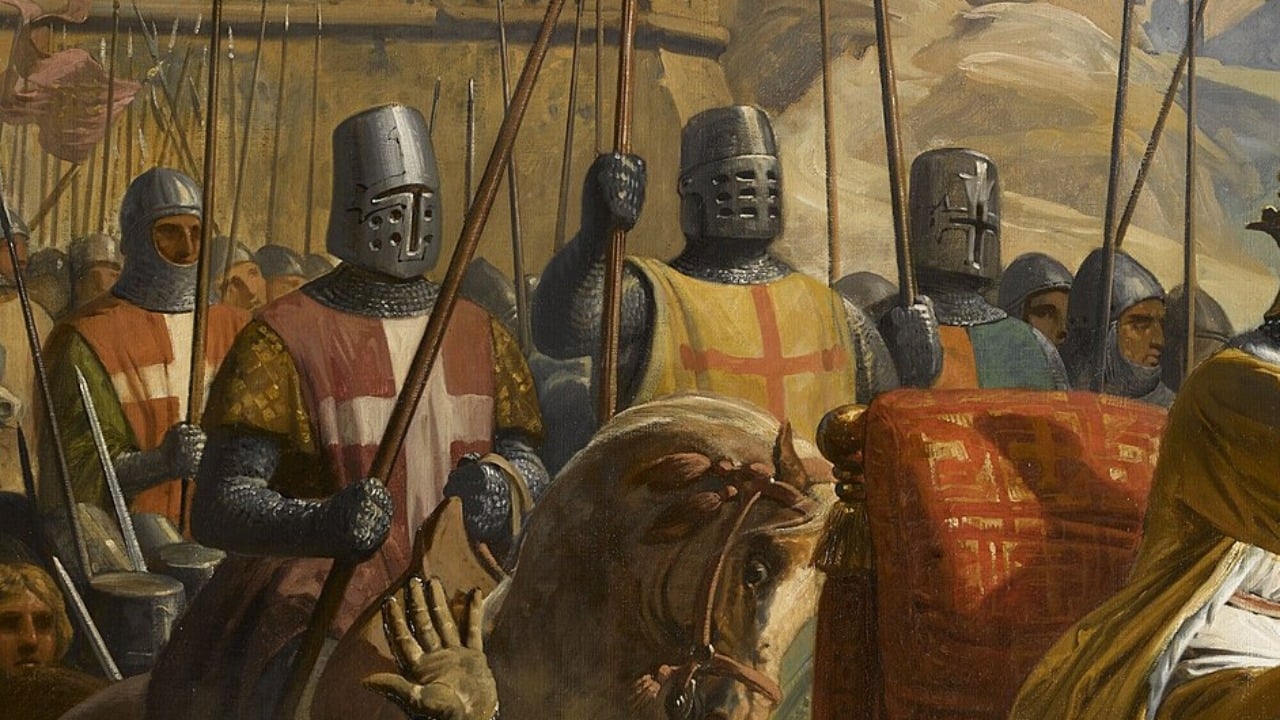
Religious wars have been a pervasive feature of human history across the world. Time and time again, members of one faith have taken up arms against members of another.
From holy wars like the Christian Crusades or Muslim jihads to messianic rebels like the leader of the bloody Taiping Rebellion in China, armies have marched under the banners of a multitude of different religious causes.
Holy wars are rarely a straightforward affair. Beyond fervent religiosity, economic and political factors often underlie these conquests of faith. Nevertheless, the religious elements and iconography of these wars are often the most striking elements, especially when contrasted against the abject horror and brutality of what tended to follow.
Religion and war
The extent to which religion itself acts as a motivation for war is a contentious issue, which tends to elicit excitable debate among historians, theologians, philosophers, and scholars of contemporary politics.
Some would argue that religious fanaticism, intolerance, and a rigid attitude towards faith have frequently led people of opposing religions to take up the sword and wage war upon one another.
In his seminal work, The Clash of Civilizations, the controversial American political scientist Samuel P. Huntington, asserts that the inability of monotheistic religions to accept other gods and their universal claims to possess the truth makes them prone to conflict.
Others, however, would contend that the religious aspects of the vast majority of historical conflicts are essentially irrelevant and only tend to hide more earthly motivations like political power and wealth.
For example, in William T. Cavanaugh’s book The Myth of Religious Violence, the author argues that “Religion is not the cause of violence; rather, religion is often used as a legitimating ideology for violence that is motivated by other factors.”
The Umayyad conquest of Spain and the Reconquista
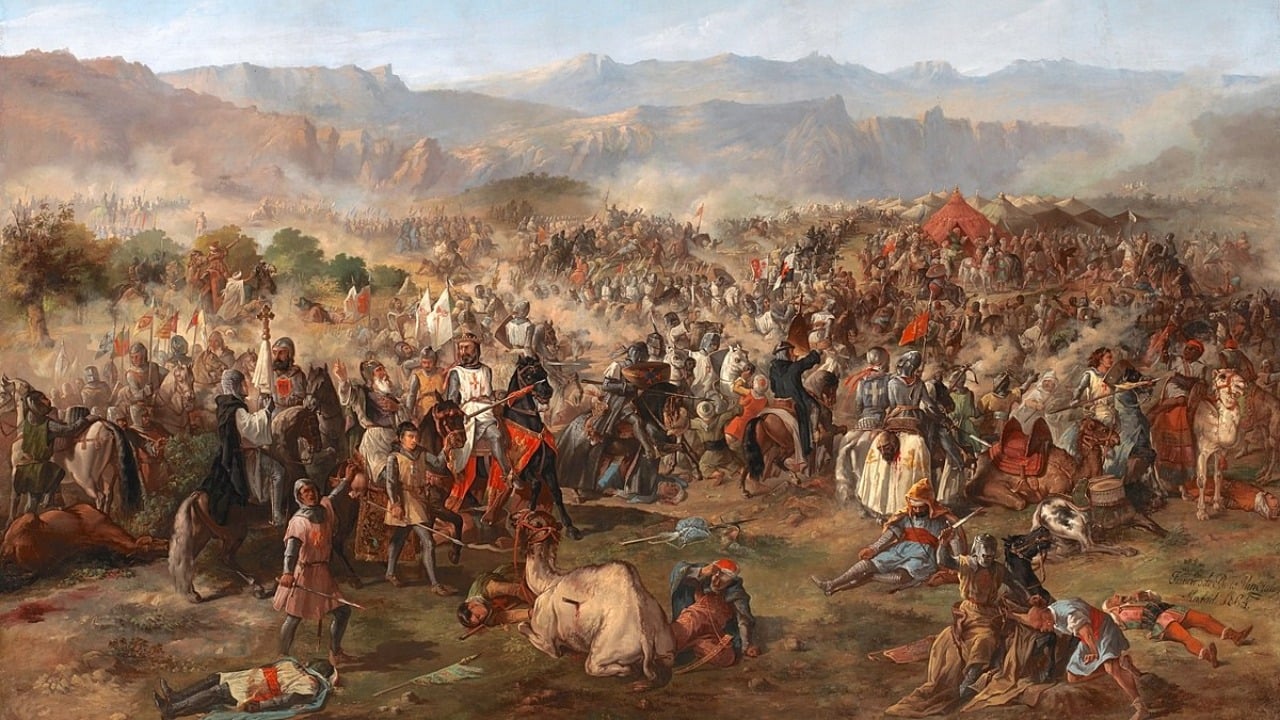
The Umayyad conquest of Spain, also known as the Islamic conquest of Hispania, began in c. 710 AD when Muslim forces, led by Tariq ibn Ziyad, crossed the Strait of Gibraltar and defeated the Visigothic king Roderic at the Battle of Guadalete. The conquest was motivated by religious and territorial aspirations.
The Muslim conquerors were primarily Arab and Berber warriors from North Africa, who were inspired by the Islamic concept of jihad, which encouraged the expansion of Muslim territories and the spread of Islam through holy war.
The Umayyad caliphate, which ruled the Islamic world at the time, saw the conquest of Spain as a means of extending its influence and securing control over the western Mediterranean.
The rapid fall of the Visigothic Kingdom in Spain to Muslim invaders prompted the surrounding Christian kingdoms to launch counter-invasions. Between the 8th and 15th centuries, the Christians and Muslims continued to clash over the region in what has become known in the West as the Reconquista.
The series of wars between the two religious groups led to several massacres over the centuries. For example, in 807, approximately 700 Christians in the city of Toledo were thrown into a ditch and killed by a Muslim army, according to the Chronicle of Alfonso III.
The Crusades
The Crusades were a series of major military campaigns initiated, supported, and sometimes directed by the Latin Church between the 11th and 13th centuries to secure holy sites under Christian control primarily in the Middle East. The Crusades led to a series of religious conflicts between Christians and Muslims in the Holy Land.
The First Crusade commenced in 1095 after the Pope called on the kingdoms of Christendom to march in defense of the beleaguered Byzantine Empire and drive the Muslims out of the Holy Land.
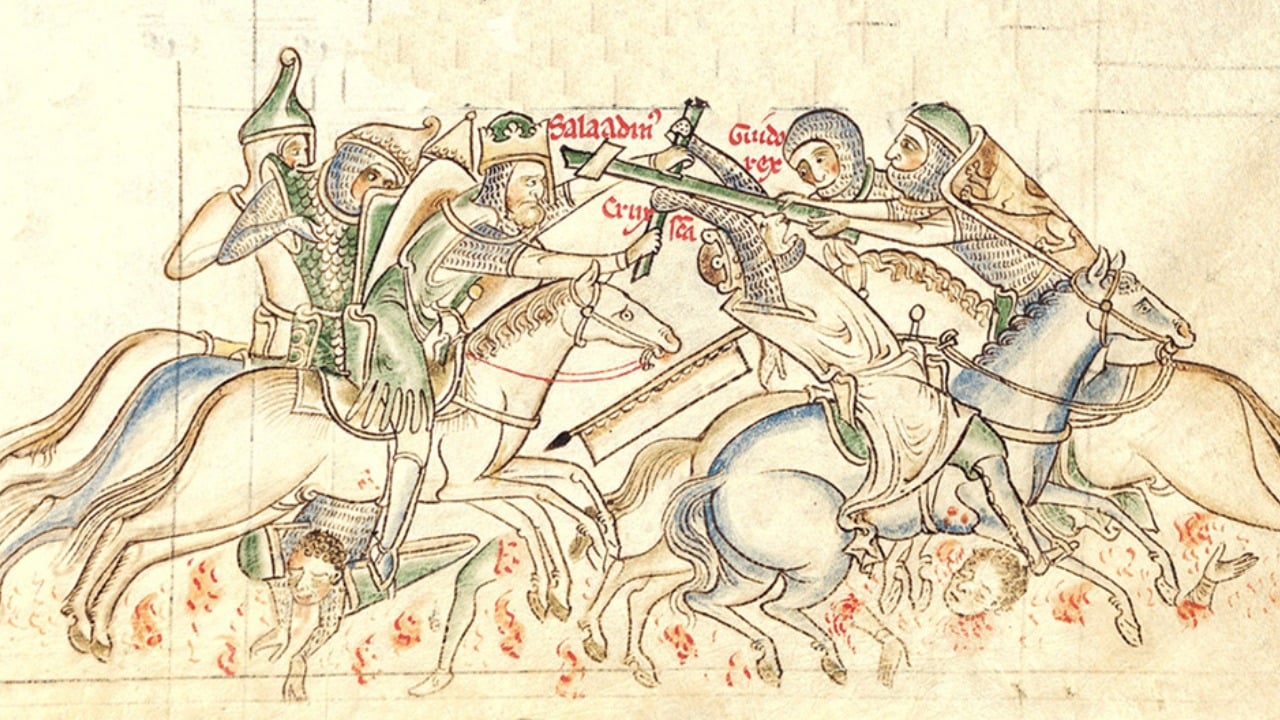
Since the Byzantines lost Jerusalem to the Rashidun Caliphate in the 7th century, the armies of Islam had marched further into Christendom, causing great anxiety among the European powers. However, the Crusades were also an opportunity for knights, nobles, and commoners alike to gain wealth, power, and prestige.
Those who took up the sword in the Crusading cause were promised absolution from their sins and eternal glory by the Pope.
In 1099, the Crusaders captured Jerusalem and slaughtered hundreds of the holy city’s Muslim and Jewish inhabitants. Raymond of Aguilers, a chronicler and participant of the First Crusade, recalled that “Some of the pagans were mercifully beheaded, others pierced by arrows plunged from towers, and yet others, tortured for a long time, were burned to death in searing flames.”
Ultimately, Jerusalem did not remain in the hands of the Crusaders. Saladin captured the city in 1187 during the Second Crusade. Nevertheless, the Christians were victorious during the Third Crusade and were able to recapture most of the territory they had previously lost, with the exception of Jerusalem itself.
Jerusalem was again the target of the Fourth Crusade. However, the wayward Crusaders instead clashed with their fellow Christian Byzantines and ended up sacking the capital of Constantinople in 1204.
In the late 13th century, the fall of the Crusader states was marked decisively by the capture of Acre by the Mamluks from the Crusaders in 1291.
Thirty Years War
The Thirty Years’ War (1618-1648) was a religious conflict that took place primarily in the Holy Roman Empire but also involved many other European powers. The war was sparked by the religious tensions between the Catholic and Protestant factions in the Empire, but it soon developed into a wider conflict that involved political and territorial disputes.
The war was marked by a series of violent incidents, including massacres of civilians and battles that resulted in significant casualties on both sides. One of the most infamous incidents was the Sack of Magdeburg in 1631, in which an estimated 20,000 civilians were killed by the Imperial troops. The Battle of White Mountain in 1620 was a significant victory for the Catholic forces, and the Battle of Breitenfeld in 1631 was a decisive victory for the Protestant forces.
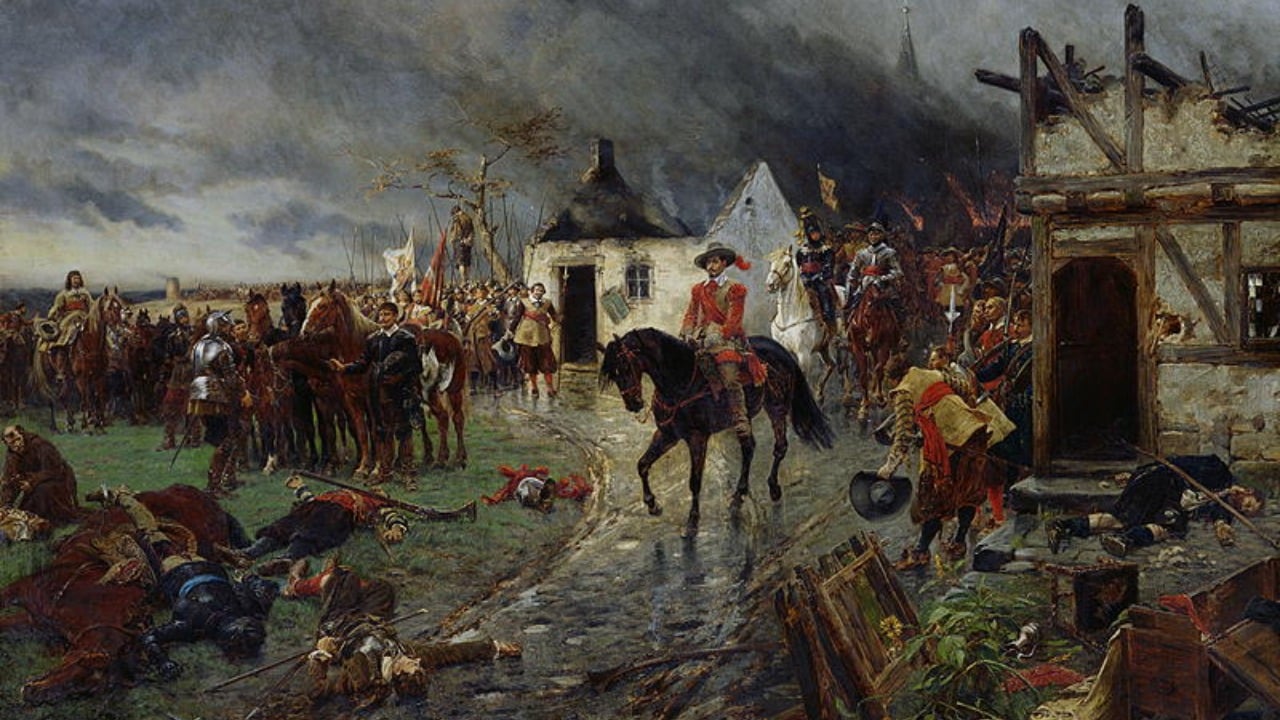
The religious dimensions of the conflict were often intertwined with political and territorial concerns, and both sides were guilty of committing atrocities in the name of their respective religions. As the war dragged on, it became increasingly difficult to discern which side was fighting for religious principles and which was fighting for political or economic gain.
Peter H. Wilson, a Professor of the History of War at Oxford University, writes: “The Thirty Years’ War was the most traumatic and destructive conflict of the early modern period, a conflict that not only shaped the future of Germany, but also had a profound impact on the rest of Europe and beyond.”
The English writer and diplomat Sir William Temple wrote in the 17th century: “In the history of the world there is no example of so long, so obstinate, and so bloody a war as that which ravaged Germany.”
Taiping Rebellion
The Taiping Rebellion was arguably the bloodiest civil war in history. The conflict occurred in China from 1850 to 1864. The rebellion was led by Hong Xiuquan, a religious leader who claimed to be the younger brother of Jesus Christ and founded the Heavenly Kingdom of Taiping, a Christian theocratic state.
Hong Xiuquan’s version of Christianity blended elements of traditional Chinese religion, rejected Confucianism, Daoism, and Buddhism, and called for the establishment of a theocratic state with social and economic equality for all.
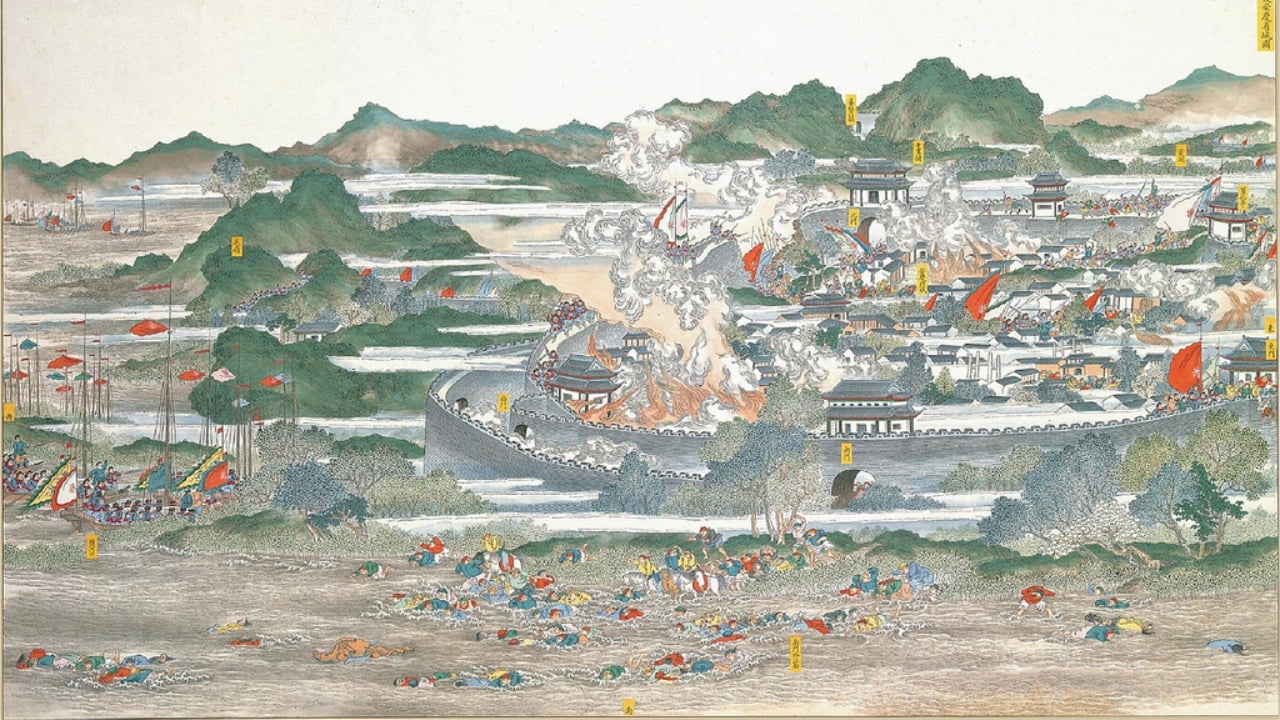
This message resonated with many poor and disenfranchised people in China who were suffering from famine, economic hardship, and political corruption. Hong Xiuquan and his followers also opposed the Qing dynasty, which they saw as corrupt and decadent, and sought to overthrow it.
The death toll from the Taiping Rebellion is estimated to have been between 20 and 30 million people, making it one of the bloodiest conflicts in human history. The majority of the deaths were caused by famine, disease, and violence, including massacres committed by both the Taiping rebels and the Qing government forces. Some sources estimate that up to 100 million people may have been affected by the rebellion, including displacement, destruction of property, and loss of livelihood.
The high death toll from the Taiping Rebellion is attributed to the prolonged and brutal nature of the conflict, as well as the devastating effects of famine and disease. There are different figures given for the death toll, with some sources estimating it to be as low as 10 million and others as high as 100 million. However, most scholars agree that the death toll was likely in the tens of millions.
See all the latest news from Greece and the world at Greekreporter.com. Contact our newsroom to report an update or send your story, photos and videos. Follow GR on Google News and subscribe here to our daily email!



